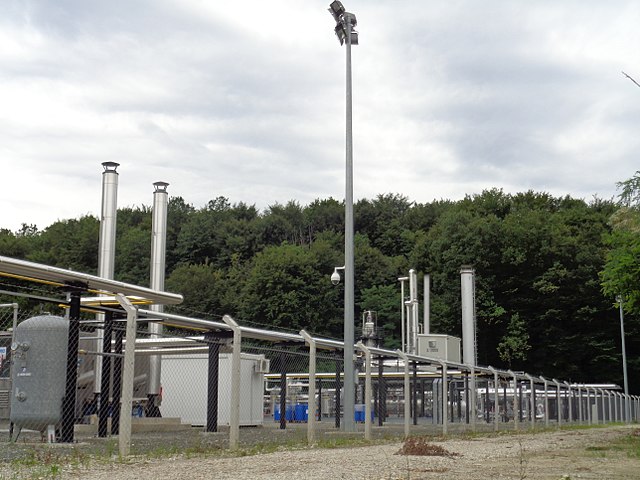Enhanced oil recovery, also called tertiary recovery, is the extraction of crude oil from an oil field that cannot be extracted otherwise. Although the primary and secondary recovery techniques rely on the pressure differential between the surface and the underground well, enhanced oil recovery functions by altering the chemical composition of the oil itself in order to make it easier to extract. EOR can extract 30% to 60% or more of a reservoir's oil, compared to 20% to 40% using primary and secondary recovery. According to the US Department of Energy, carbon dioxide and water are injected along with one of three EOR techniques: thermal injection, gas injection, and chemical injection. More advanced, speculative EOR techniques are sometimes called quaternary recovery.
The steam flooding technique
Weyburn-Midale Oil production over time, both before and after EOR was introduced to the field.
A petroleum reservoir or oil and gas reservoir is a subsurface accumulation of hydrocarbons contained in porous or fractured rock formations. Such reservoirs form when kerogen is created in surrounding rock by the presence of high heat and pressure in the Earth's crust.
An oil field with dozens of wells. This is the Summerland Oil Field, near Santa Barbara, California, before 1906
Vučkovec Gas Field facility, Croatia
The drillship Discoverer Enterprise is shown in the background, at work during exploratory phase of a new offshore field. The Offshore Support Vessel Toisa Perseus is shown in the foreground, illustrating part of the complex logistics of offshore oil and gas exploration and production.





